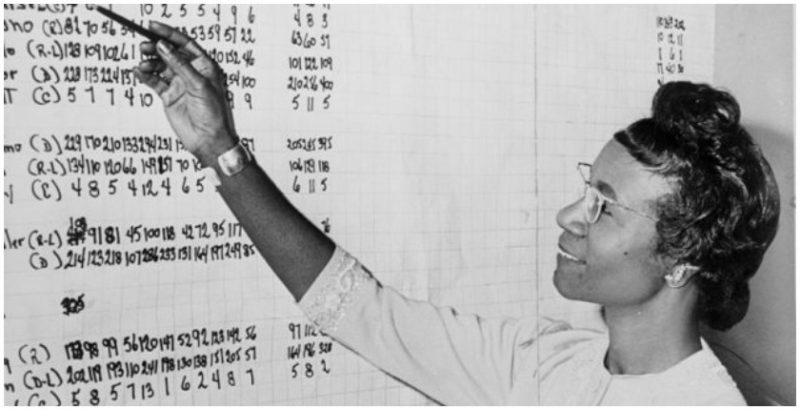Some of the most famous women from U.S. history — such as Susan B. Anthony, who championed the right to vote for women, Gloria Steinem, a tireless worker for equal rights for women, and Amelia Earhart, the first woman to fly across the Atlantic Ocean — are often celebrated. However there are many women who made a significant mark in history but often go unacknowledged.
Shirley Chisholm
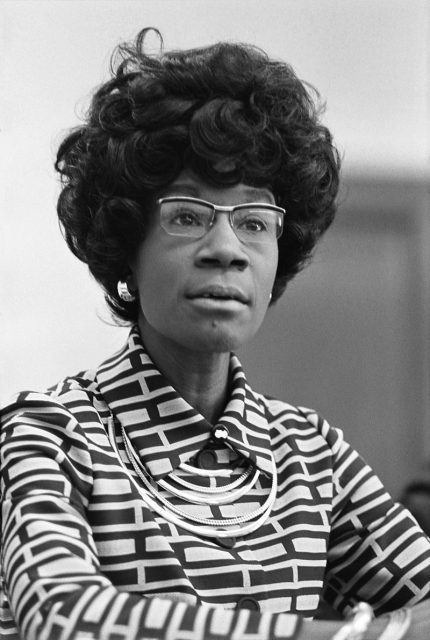
One woman who was famous in her time but has largely been forgotten is Shirley Chisholm. Born in New York in 1924, Chisholm became the first black congresswoman in 1968.
Her primary goal was to fight for the rights of the underprivileged and immigrants. According to the BBC, she founded the Congressional Black Caucus and assisted with the establishment of the National Commission on Consumer Protection and Product Safety.
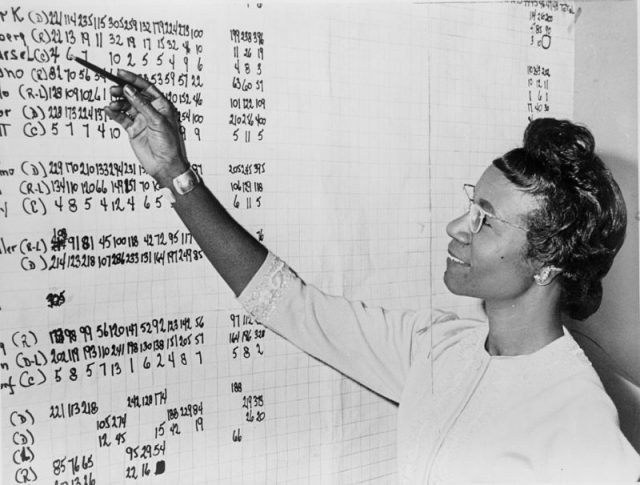
In 1972, Vox reports, she submitted her candidacy for President of the United States. She ran on the slogan, “Unbought and Unbossed.” Chisholm knew she wouldn’t win but stated, “I ran because most people thought the country was not ready for a black candidate, not ready for a woman candidate. Someday — it was time in 1972 to make that someday come.”
Chisholm served seven terms in Congress and retired from politics in 1982 to teach. She died in Florida in 2005, at the age of 80.
Elizabeth Blackwell
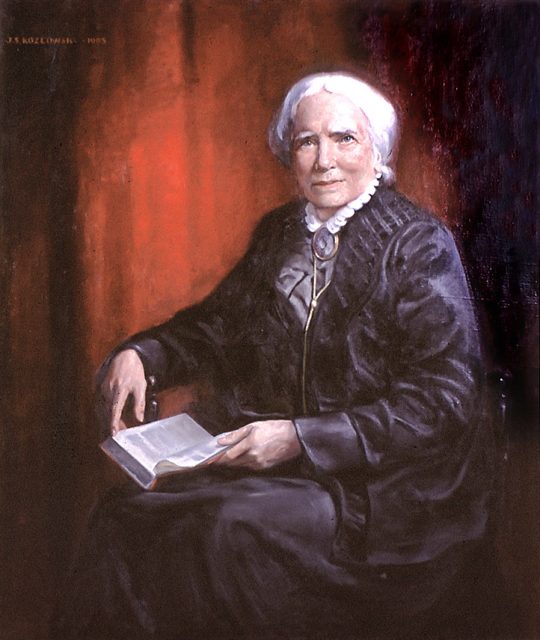
Elizabeth Blackwell was born in 1821 in Bristol, England and was the first woman to graduate a U.S. medical school. As such, she is often called America’s first female doctor.
Her gender, at first, shut her out of all of the major medical schools in the United States, but she was finally accepted at Geneva Medical School in Geneva, New York — only because the administrators thought it was a joke.
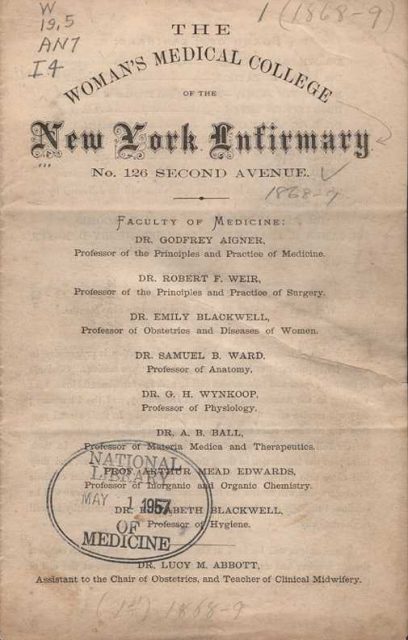
Enduring harassment from fellow students, professors, and even the townspeople, she earned her degree and was first in her class in 1849.
According to biography.com, Blackwell returned to England to complete her training, but when she returned to New York, she was forbidden to practice medicine in any city hospital.
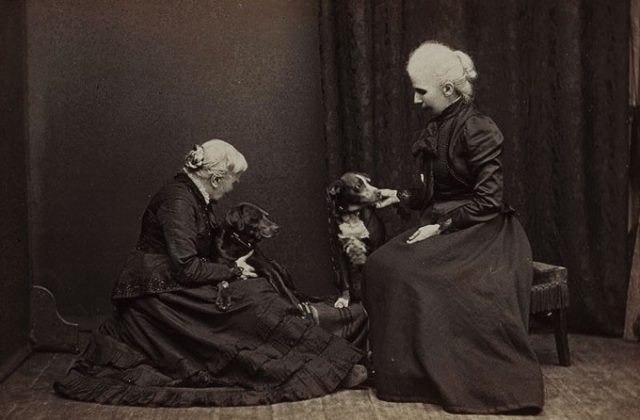
She set up her own clinic, the New York Dispensary for Poor Women and Children, and later founded a medical college, the Women’s Medical College of the New York Infirmary.
Blackwell was ahead of her time in realizing sanitation and cleanliness helps prevent disease in a time when surgeons moved from one patient to the next without cleaning instruments.
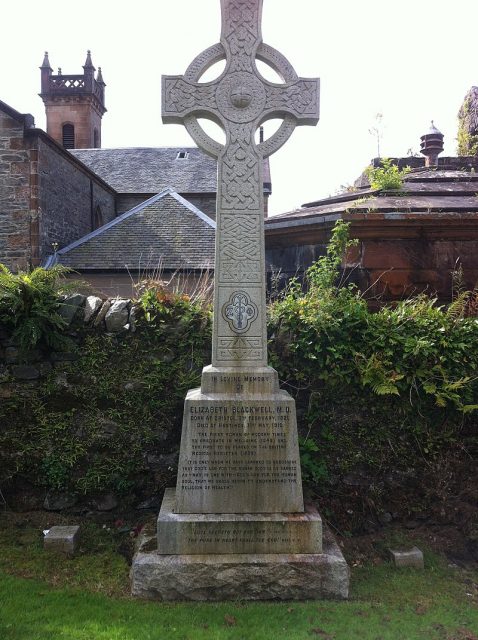
She helped establish the U.S. Sanitary Commission in 1861, and was the first woman included on the British Medical Register.
Blackwell later moved back to England to lecture at the London School of Medicine for Women and run a private practice. She published several books including Pioneer Work in Opening the Medical Profession to Women in 1895. She died in Hastings, England in May of 1910.
Margaret Hamilton
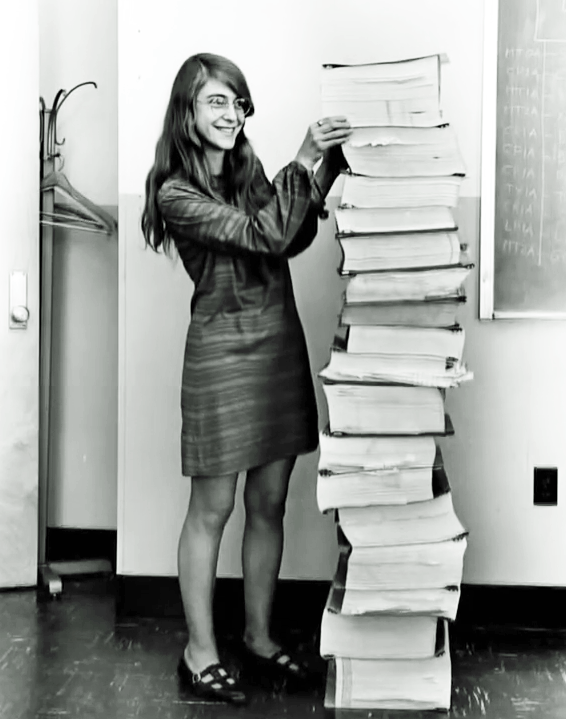
On July 20, 1969, Apollo 11 made a safe landing on the Moon and successfully returned to Earth. Commander Neil Armstrong and lunar module pilot, Edwin “Buzz” Aldrin, Jr., as well as Michael Collins who remained in orbit piloting the command module, were all celebrated — as were Gene Kranz, Clifford E. Charlesworth, Gerald D. Griffin, and Glynn Lunney, all flight directors during the mission.
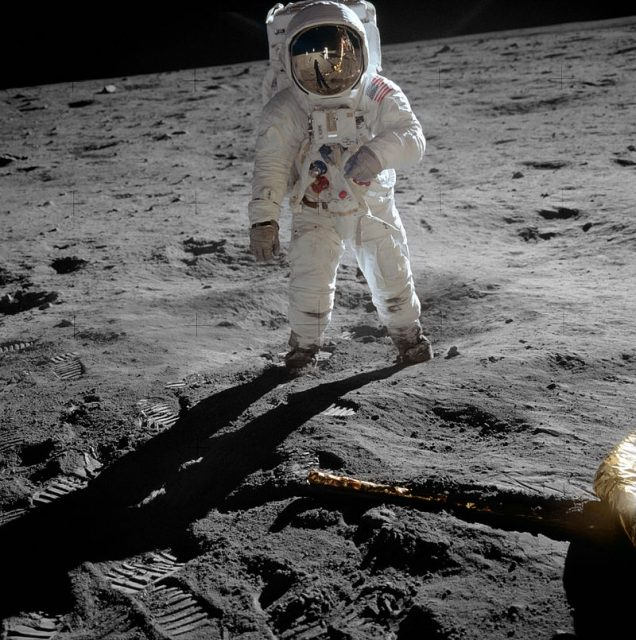
No one acknowledged Margaret Hamilton, without whom the Moon would not have been reached. Hamilton was born in Paoli, Indiana in 1936, and was educated at the University of Michigan and Earlham College.
In 1958, she took a position at the Massachusetts Institute of Technology and wrote weather prediction software for the newly founded computer technology. At the time, there were no classes on computer programming, and Hamilton and her colleagues were largely self-taught.
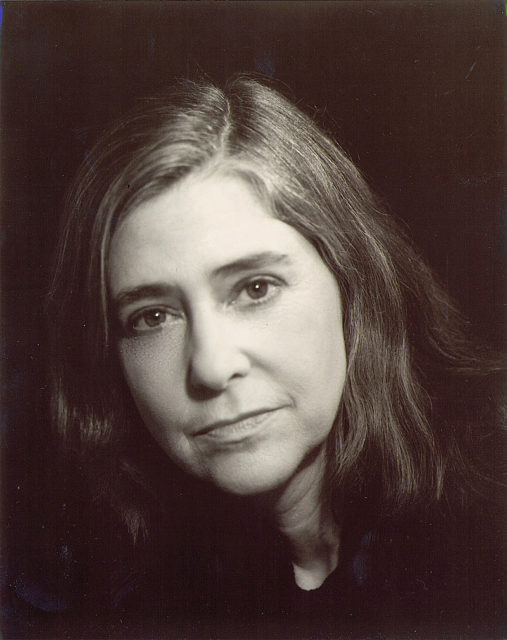
She was put in charge of code writing for the Apollo missions and was the Director of the Software Engineering Division at MIT’s Instrumentation Laboratory.
It was she who coined the name, “software engineering”. Written on paper, the stack of her coding books was as tall as Hamilton.
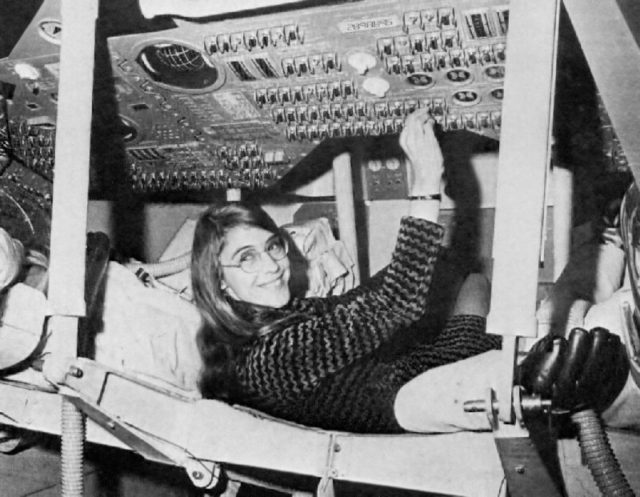
She is also the founder of the Universal Systems Language for computers. Hamilton set up Hamilton Technologies, Inc. in 1986, a software company in Cambridge, Massachusetts that concerns itself with preventive methods rather than the constant testing methods prevalent in today’s software engineering.
Hamilton was awarded the NASA Exceptional Space Act Award in 2003 and the Presidential Medal of Freedom in 2016, and is the current CEO of her company.
Hedy Lamarr
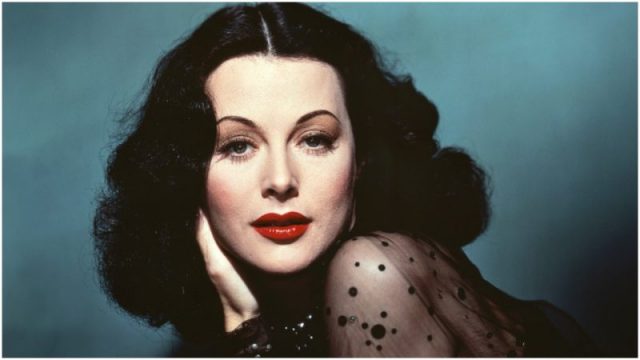
Hollywood film actress Hedy Lamarr was born in Vienna, Austria in 1913, as Hedwig Eva Maria Kiesler. Her father instilled in her a love of learning and taught her the basics of engineering when she was a child.
According to biography.com, she came to America in the mid 1930s and signed up with Metro-Goldwyn-Mayer film studio.
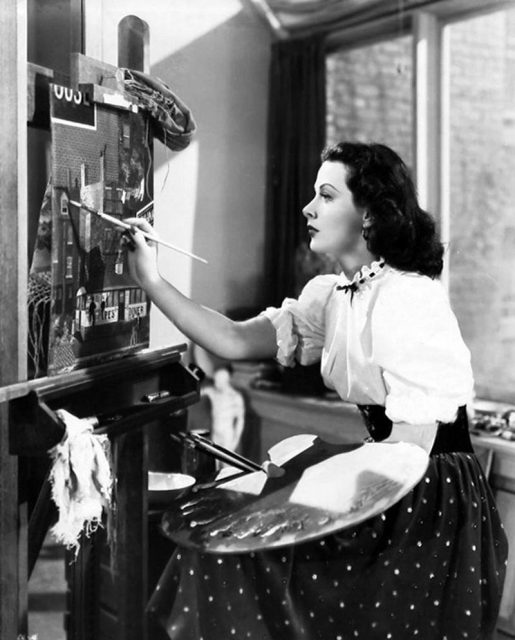
Her beauty and charm quickly made her a star, and she was cast with the most popular leading men of the day. In 1942, Lamarr, along with composer George Antheil, applied for a patent for a “Secret Communications System” which enabled radio frequencies to vary to keep the Axis Powers from decoding Allied messages and prevent torpedoes from being tracked.
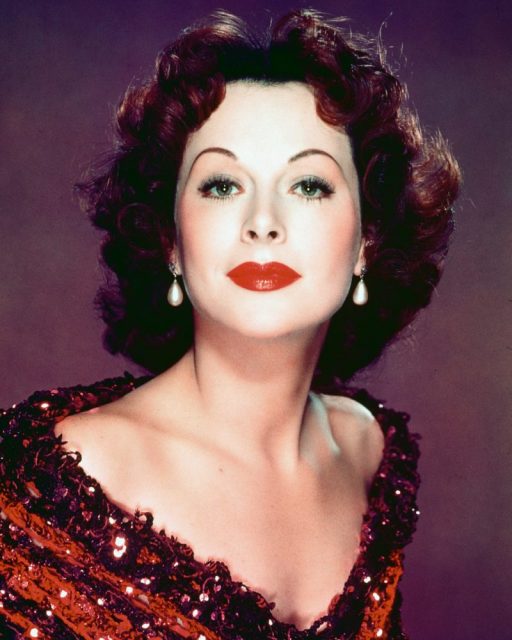
The technology was ahead of its time and was not used until the 1960s, but it paved the way for both cellular communications and wi-fi. Lamarr was not recognized for her invention until 1997 when she received the Pioneer Award from the Electronic Frontier Foundation.
Lamarr died in 2000 but never got over the fact that her beauty was considered more important than her brains, remarking “Any girl can be glamorous, all you have to do is stand still and look stupid.”
Read another story from us: Beautiful Golden Age Actress Hedy Lamarr Helped Invent Wi-Fi
There are hundreds of unsung female heroes around the world, and they can be read about at The National Women’s Hall of Fame at womenofthehall.org.
